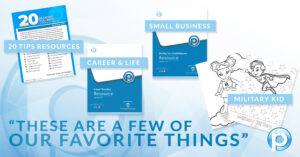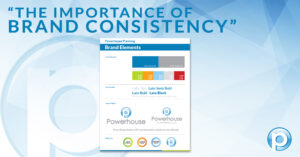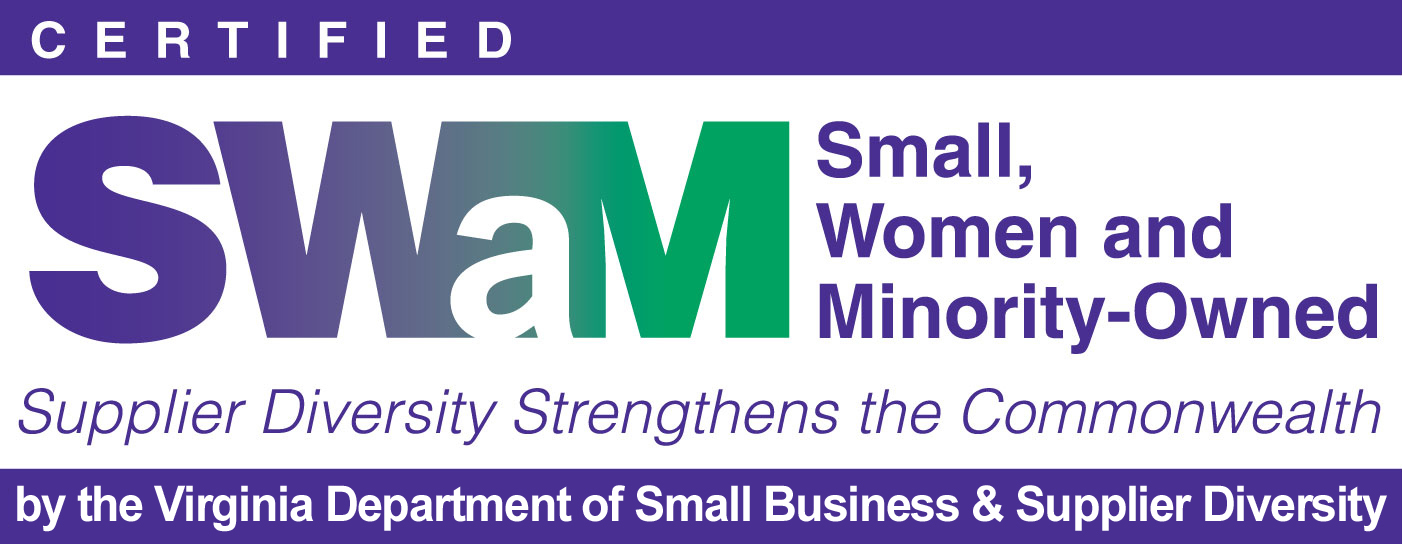New Powerhouse Team Member
 Amy grew up in Macon, Georgia and attended the University of Georgia, graduating with a degree in education. She then pursued a Master of Education degree from Mercer University while teaching full-time in the public school system. After marrying her high school sweetheart, they began military life together, moving all around the world from North Carolina to Germany with countries in between. They have been married for over 20 years and have raised two children, both of whom are now adults. After Amy’s husband retired from the Marine Corps, they settled in Peachtree City, Georgia.
Amy grew up in Macon, Georgia and attended the University of Georgia, graduating with a degree in education. She then pursued a Master of Education degree from Mercer University while teaching full-time in the public school system. After marrying her high school sweetheart, they began military life together, moving all around the world from North Carolina to Germany with countries in between. They have been married for over 20 years and have raised two children, both of whom are now adults. After Amy’s husband retired from the Marine Corps, they settled in Peachtree City, Georgia.
Amy joins Powerhouse Planning as a freelance project liaison. Between her teaching career and volunteer endeavors, Amy has worn a variety of job hats over the years. She worked many years as a full-time classroom teacher as well as a virtual ESL teacher. As many of the Powerhouse family know, military life brings many moves, deployments, and sometimes “single parenting” moments. Because of these circumstances, there were times over 26 years of military spouse life that Amy did not “work” but instead volunteered her time/talents. She volunteered in school settings as a classroom helper, reading tutor, and PTO board member. On the military side, Amy volunteered to organize and run several fundraising events for military-based clubs, as well as coordinate and advise families before and during deployments.
Amy believes that working as a project liaison will give her the opportunity to utilize skills/talents that she has developed from her previous positions. Amy’s instructional, organizational, problem-solving, and curriculum development skills have all been honed as a result of her teaching career and volunteer duties during military life. Amy enjoys working as part of a team and feels that she is at her best when she is helping others.
When Amy is not teaching or volunteering, you will find her lunching and shopping with friends, exercising, reading books, and vacationing with her family.









